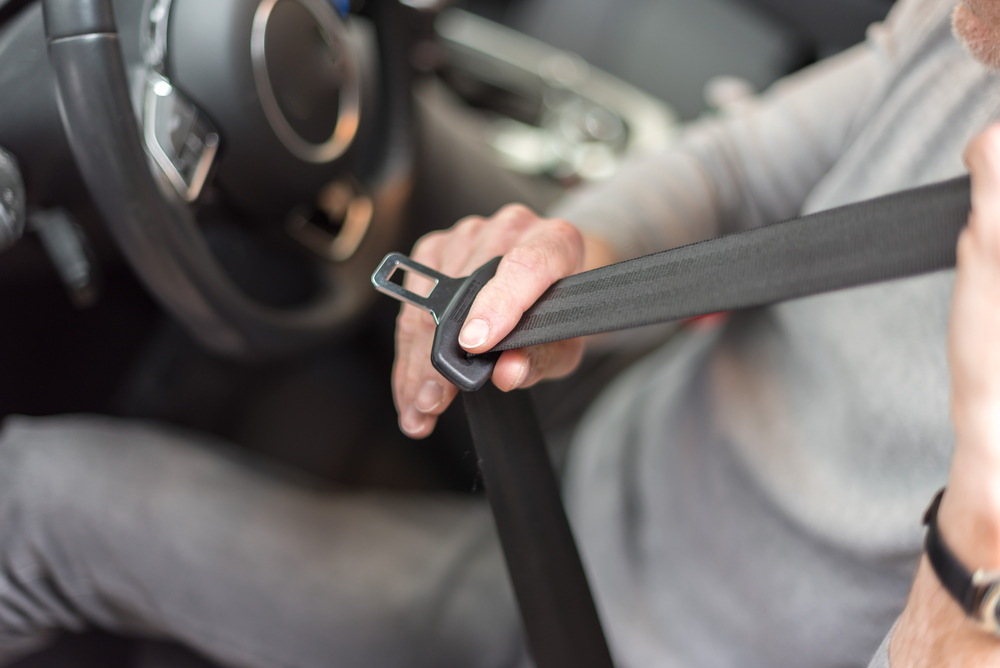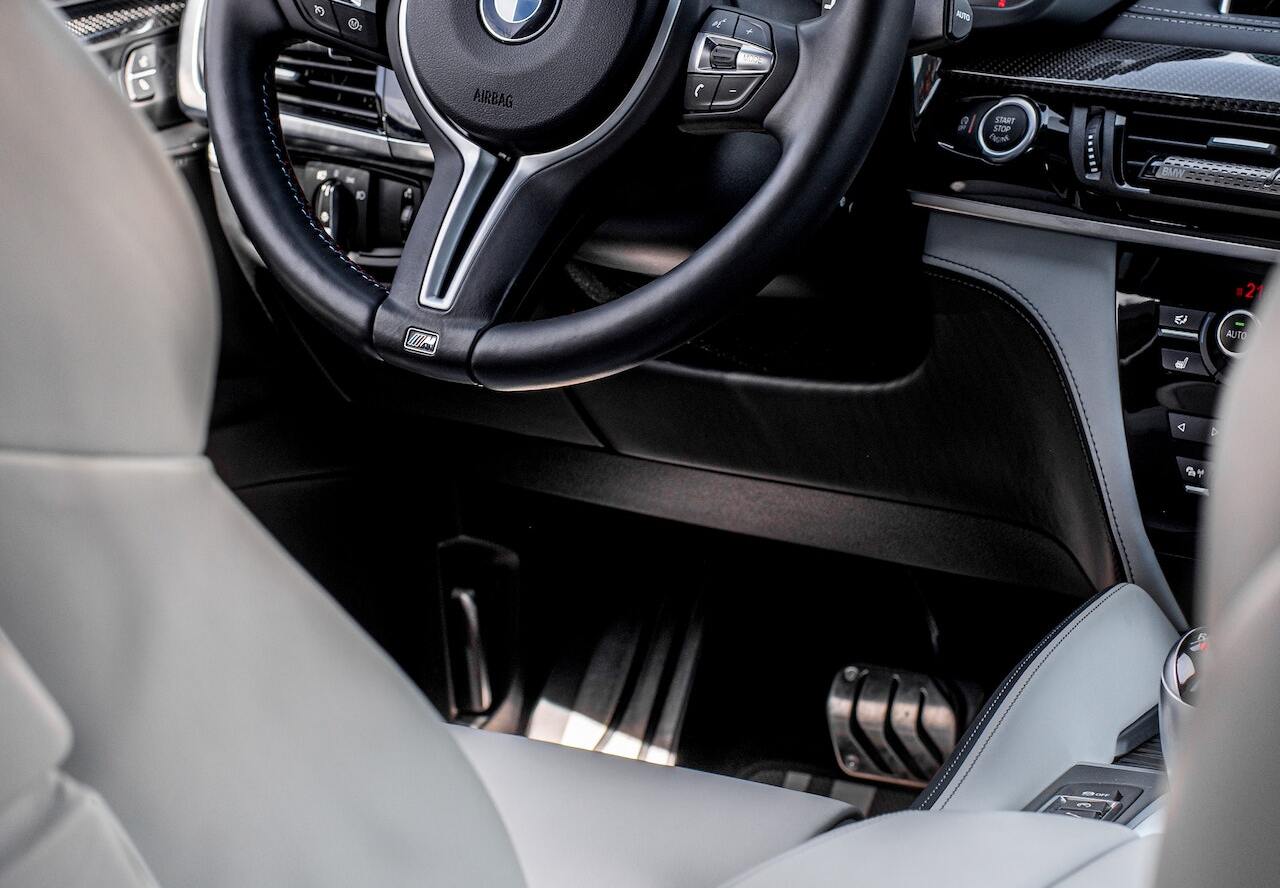Safety measures in the car for passengers
The car has become an essential part of our daily lives, but participating in traffic also brings potential dangers. Fortunately, there are numerous safety measures available to protect you and your passengers while driving. In this blog, we will discuss the most important safety features in the car for passengers, so be sure to keep reading if you want to learn more about this.

With an increasing number of drivers, the number of cars on the road continues to rise every year. This does not bode well for traffic safety. Of course, safe and responsible driving behaviour is paramount when it comes to reducing accidents; however, cars also offer various safety measures. Curious about what these are and how to check and maintain them? We’ll explain in this article.
Safety measurements in your car for passengers are
- Seatbelts are your first line of defense
- Airbags provide additional protection in a collision
- Check if your airbag is working
- Safety for the little ones
- Prevent neck injuries
- Electronic stabilized control
- Grip on the road
- Driving assistance systems
Seatbelts are your first line of defense
Seatbelts and their associated belt tensioners are the most essential and effective safety measures in the car. They keep you and your passengers in place during a collision, significantly reducing the risk of severe injuries. Make sure everyone in the car wears their seatbelt and check that they are properly fastened and not twisted. Don’t forget to regularly inspect the seatbelts for wear and replace them if necessary.
Airbags provide additional protection in a collision
Airbags provide an additional layer of protection in the event of an accident. They are activated during a collision and help reduce the impact on the occupants. Airbags are designed to work in conjunction with seatbelts, so it is crucial that you and your passengers always wear a seatbelt. Not wearing seatbelts can actually lead to additional injuries from airbags, so ensure that you and your passengers always wear seatbelts.
Check if your airbag Is working
To verify if your airbag is functioning properly, pay attention to the airbag warning light on the dashboard. When starting the car, this light should briefly illuminate and then go out. This indicates that the airbag system is operating correctly. If the light remains on or flashes, there may be an issue with the system. In that case, read here what to do when the airbag light is on. It is advisable to take your car to an authorized mechanic, such as Airbagbank or a garage for a thorough diagnosis and potential repair.
Safety for the little ones
Protecting children in the car is of utmost importance. Always use an appropriate and approved child safety seat for children up to 135 cm or 12 years old—whichever comes first. Ensure that the child safety seat is correctly installed, securely fastened, and adjusted to your child’s size and weight. Regularly check the condition of the child safety seat and replace it if necessary.
Prevent neck injuries
Headrests are designed to prevent neck injuries in the event of a collision. Ensure that the headrests are properly adjusted so that the top of the headrest is at the same level as the top of your head. This helps minimize the impact on the neck and head in the event of an accident.
Electronic stability control (ESC)
ESC is a technology that helps maintain control of the vehicle when taking sharp turns or driving on slippery roads. The system detects when a car is at risk of skidding and automatically adjusts the braking force on individual wheels to stabilize the vehicle. Many modern cars come equipped with ESC as a standard feature, but if your car does not have it, consider having it installed for added safety.
Grip on the road
Good tires are essential for the safety and performance of your car. Ensure that your tires have the correct tire pressure and regularly check if your tires meet the legally required minimum tread depth. Replace worn-out tires in a timely manner and consider using winter tires in cold or snowy conditions.
Driving assistance systems
Modern cars are equipped with advanced driving assistance systems that can help you drive more safely. Think of systems like adaptive cruise control, blind-spot detection, emergency braking systems, and lane-keeping assistance. While these systems are not intended to fully take over driving, they can assist in detecting potential hazards in a timely manner and preventing accidents.
In summary
There are numerous measures available in cars to protect the driver and potential passengers. Seatbelts and airbags are essential safety measures that closely collaborate to reduce the impact of an accident. Additionally, other safety features are also available, such as child seats, headrests, ESC, good tires, and driving assistance systems. It is important to regularly check that these systems are functioning correctly and in good condition. By investing in safety features and being aware of safety while driving, drivers and passengers can be better protected and reduce the risks of driving.


